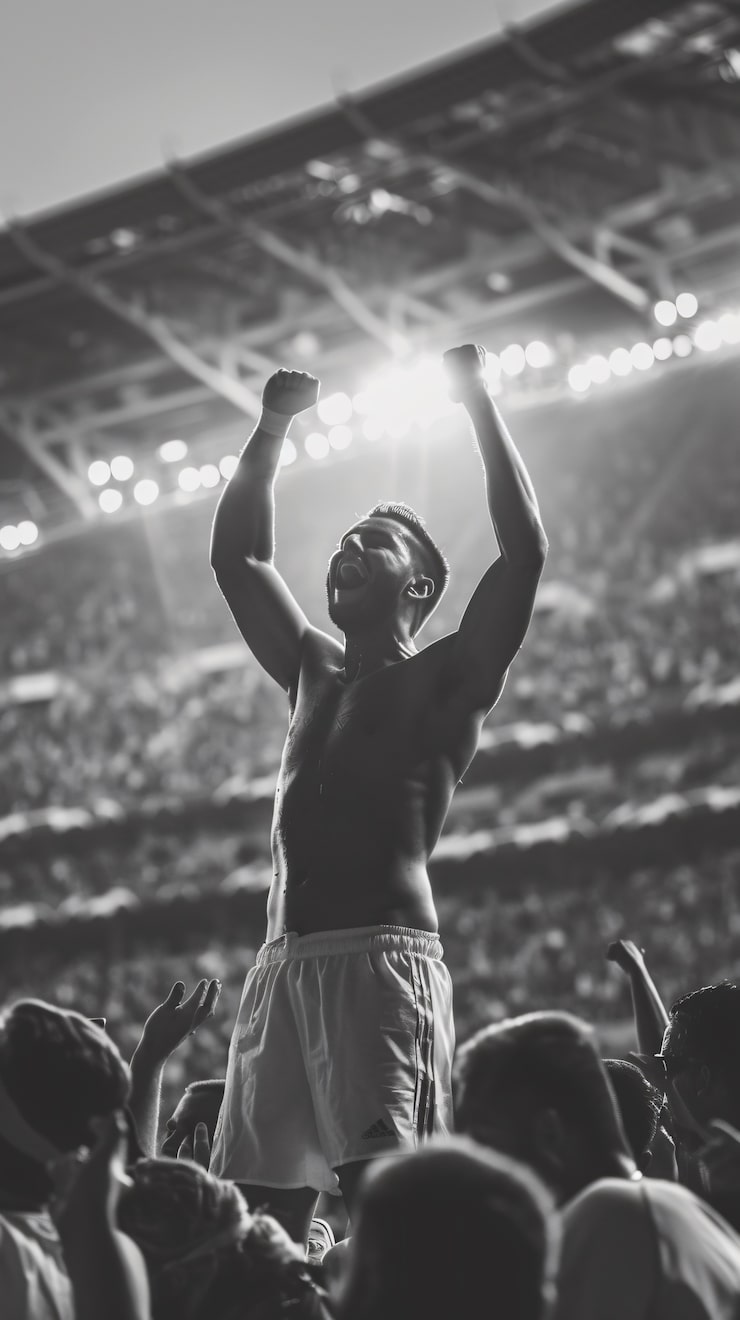
Being a huge fan of big-money sports can eat up a lot of time and money.
This time of year, with American football in full swing, sports fandom is at an all-time high. Let’s look at why fans get so invested and how that devotion can hurt your finances.
Honestly, it’s getting out of hand.
I used to enjoy college football and some NFL, despite the off-field problems in both. Lately, though, I’ve checked out of sports.
If you went to a large state university, it’s easy to feel like you own the team. Even if you didn’t, you probably grew up with a local pro team you still care about.
We spend huge amounts on tickets, team gear, cable packages, fantasy leagues, and more. Professional sports generate over $15 billion a year nationwide. That’s a lot of hot dogs, jerseys, and ad time.
People argue about whether new stadiums help their cities. Mega-stadiums like the Vikings’ U.S. Bank Stadium can cost over $1 billion. It’s tough to prove those projects bring real economic benefits to the host city. Look at Detroit: fans drive in from the suburbs for a game, then go home, leaving empty lots and little lasting local growth.
Last Sunday the Vikings hosted the Packers — a big rivalry game. With limited tickets, second-row seats were going for about $3,700 on the resale market. A nose-bleed ticket might cost you $250 if you go alone. Add in higher local sales taxes that were raised to help pay for the stadium.
Local news interviewed some of those fans — mostly couples in their twenties — likely just starting to build savings. Two second-row tickets = $7,400.
If that young couple instead watched the game at home and invested $7,500 at a 7% return for 20 years, they’d have about $29,022. That could be a big step toward early retirement, or could pay for a couple of part-time MBA classes.
These are reasons to question the economic logic of obsessive sports fandom.
That said, fandom isn’t all downside. Humans have used sports and competition as social glue for thousands of years — from gladiator games to modern rivalries. Watching elite athletes do amazing things is fun and inspiring. Trying to copy the pros (like hoping to swing a club like Tiger Woods) keeps some people practicing and improving.
There are also benefits: teams and fans support more than 100 charities, donating nearly $200 million each year. The money you spend on tickets and cable helps fund causes like the Make-A-Wish Foundation and many others.
I follow a few teams, including my alma mater, but I don’t go to games or pay for cable. I’ll watch if a game is on a broadcast network via antenna. I won’t waste a beautiful Minnesota day indoors — good weather is too precious. My charitable giving goes to similar local causes.
By limiting myself to nationally televised games, I’ve found a balance that works. My wife and I follow our college teams and make small bets for fun — no hard feelings. The loser gets a gourmet dinner as consolation.
Bottom line: you won’t find us in the second row at a Vikings game anytime soon — that’s personal finance madness. And please don’t wear an expensive pro jersey out in public. It’s just too costly.
I won’t pretend to know the causes of off-field violence, but it’s deeply troubling to see repeated cases of violence against women and the toll on players. Head injuries, both short- and long-term, are especially worrying. The only real fix would be to penalize tackling in football or checking in hockey — and I suspect many fans wouldn’t pay to watch that.
Update 5/12/18: Since the Larry Nassar scandal and other horrible revelations, I’m a lot less proud of my alma mater—especially if the school stood by and did nothing as those events unfolded. That has soured my enthusiasm.
127
previous post
